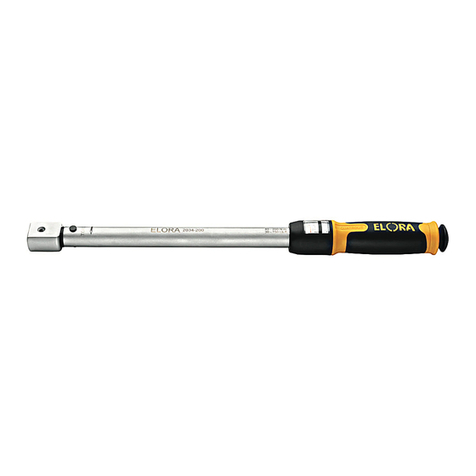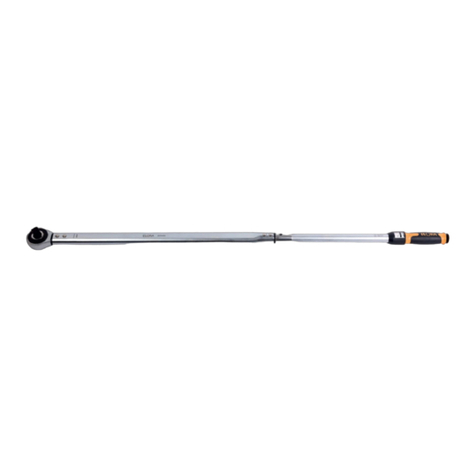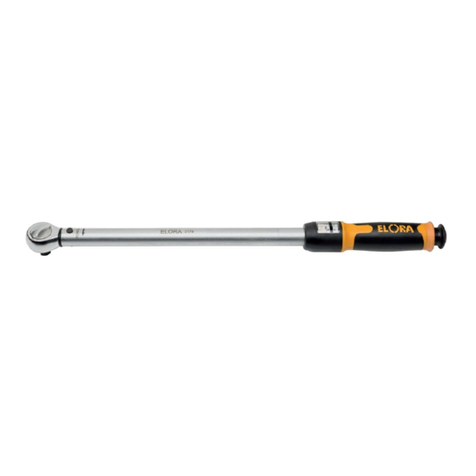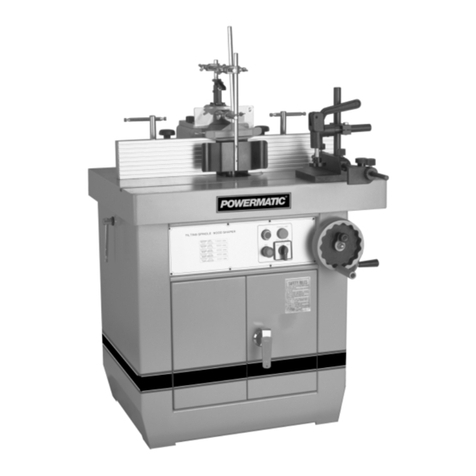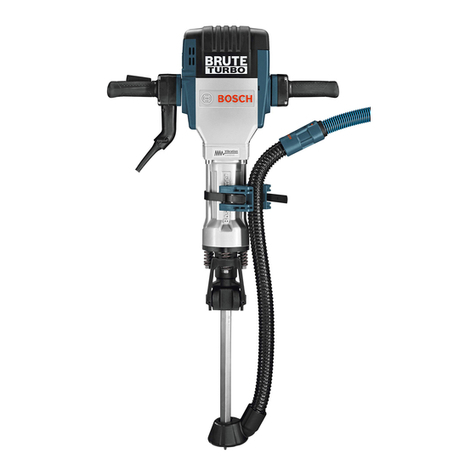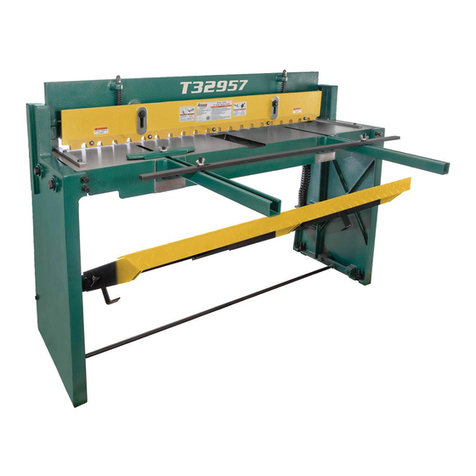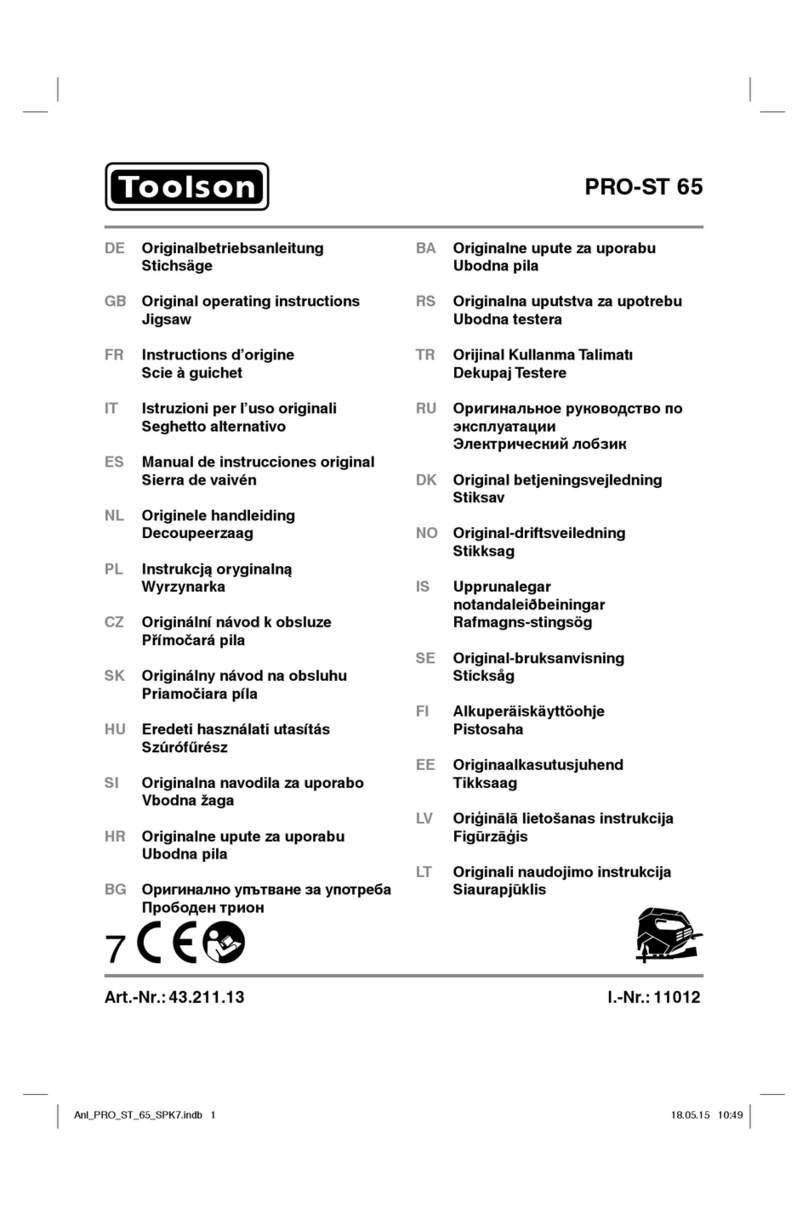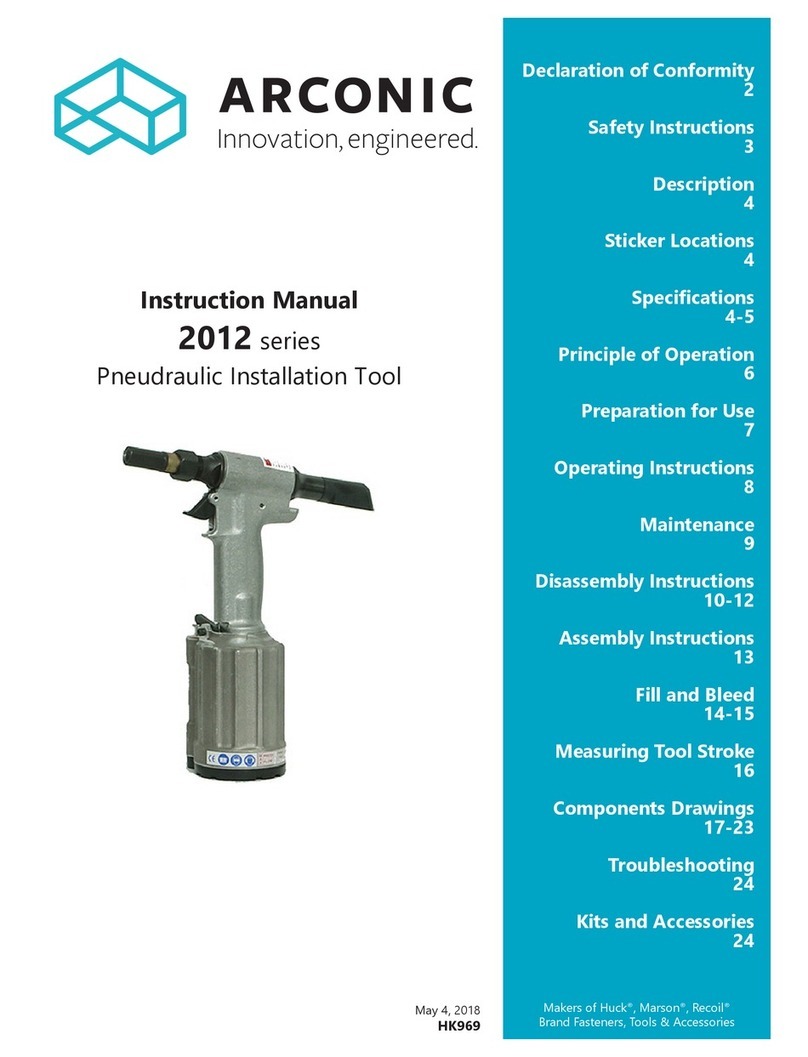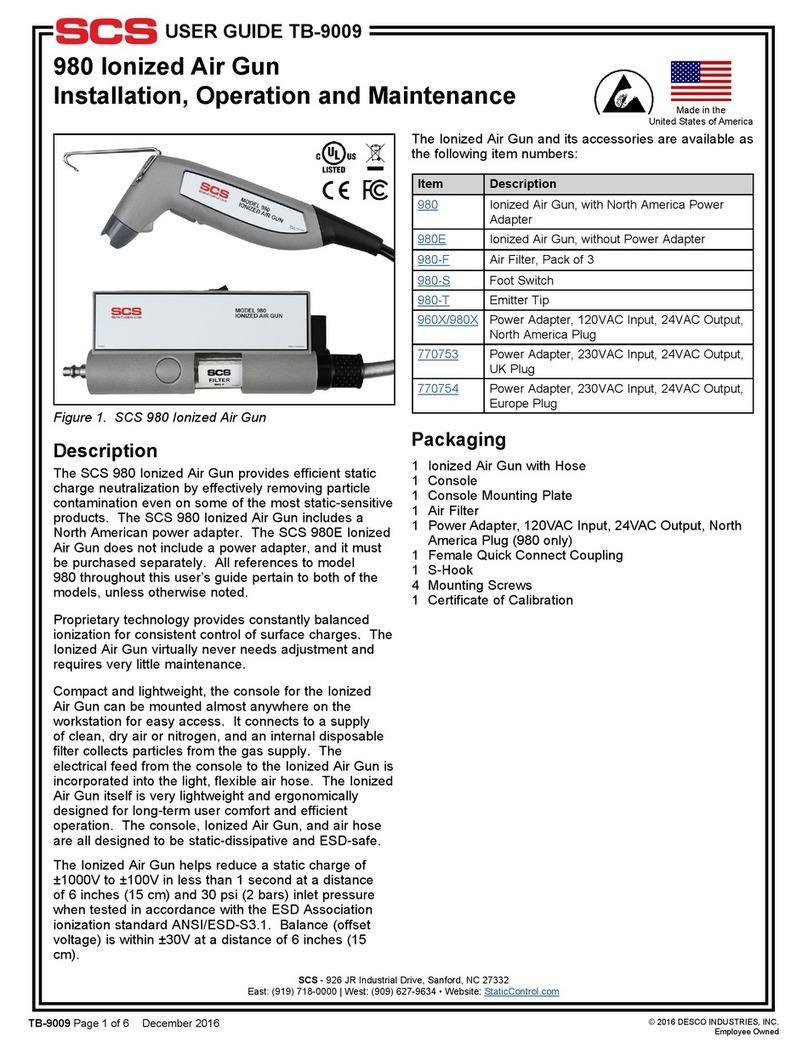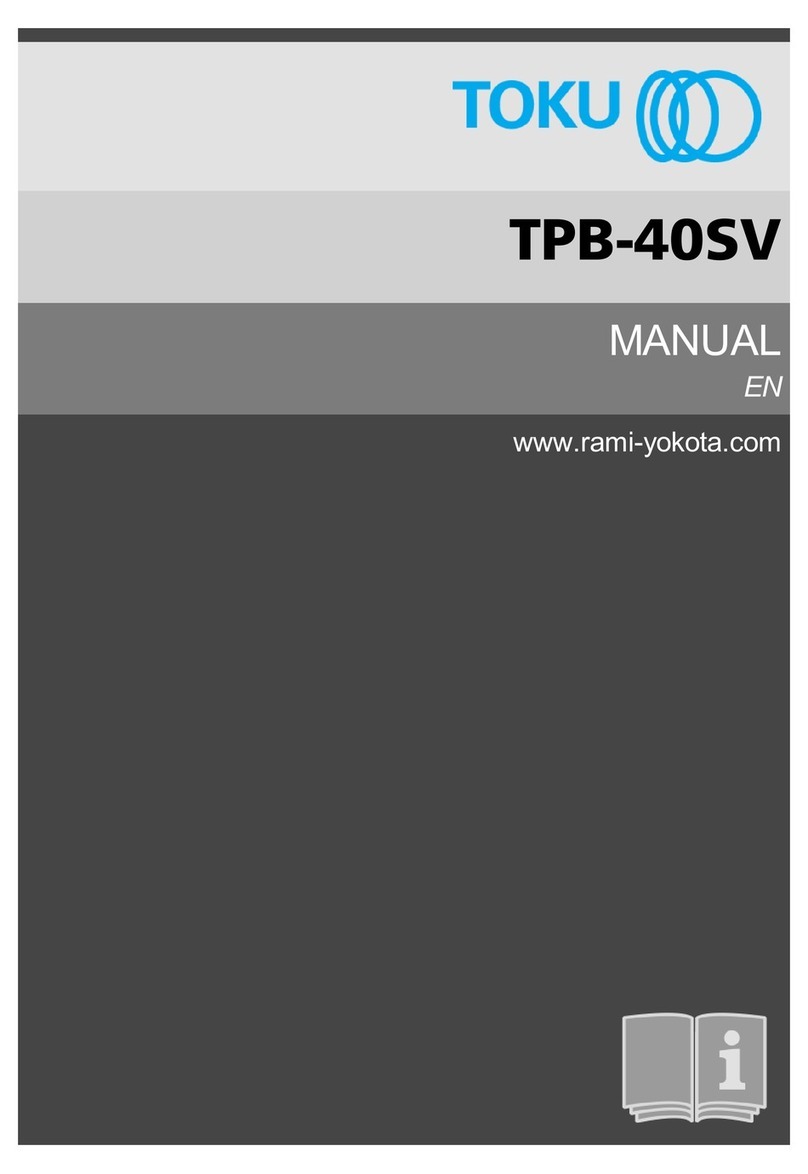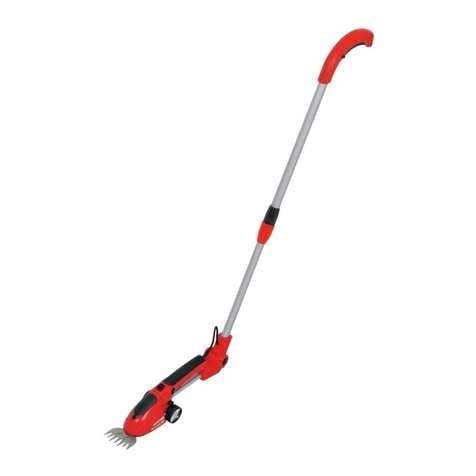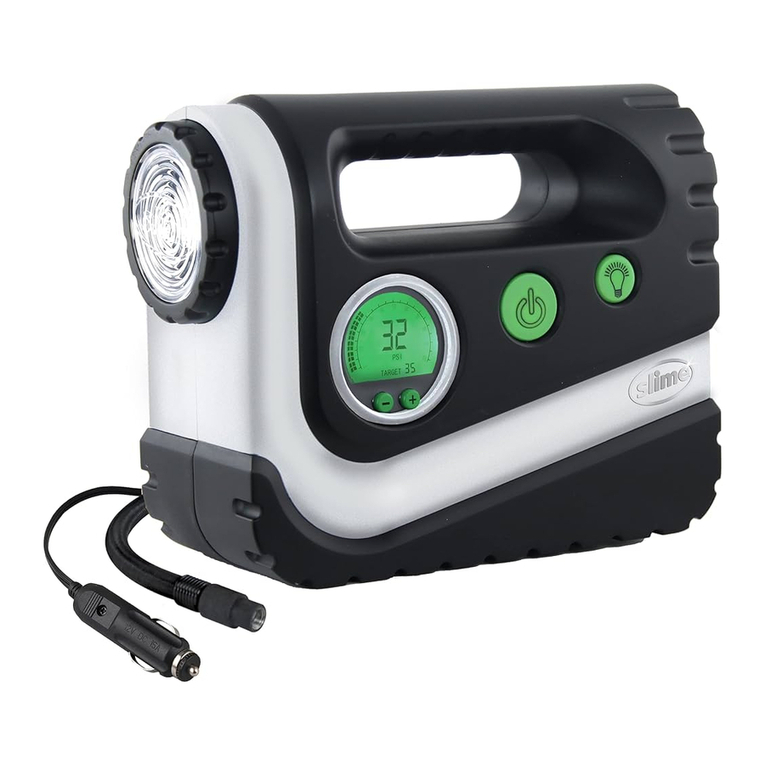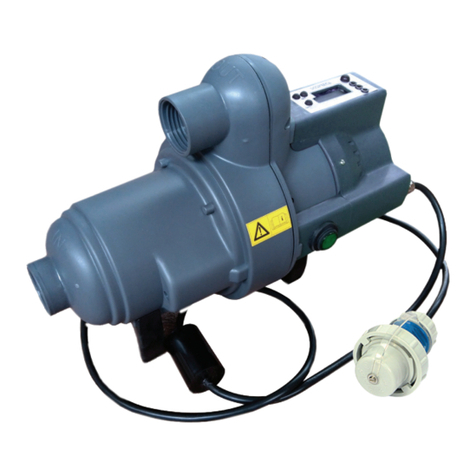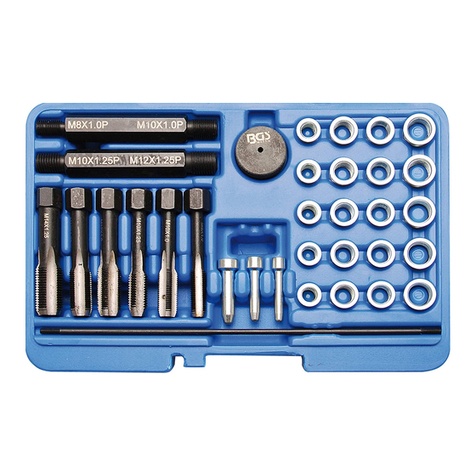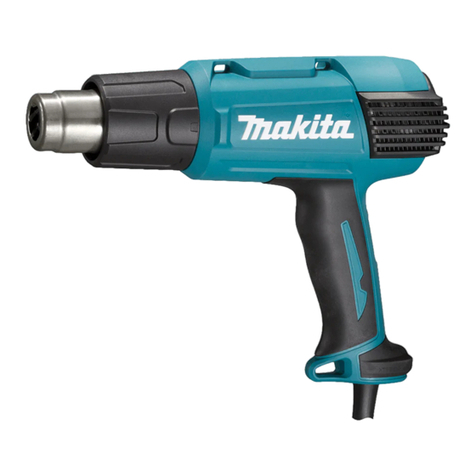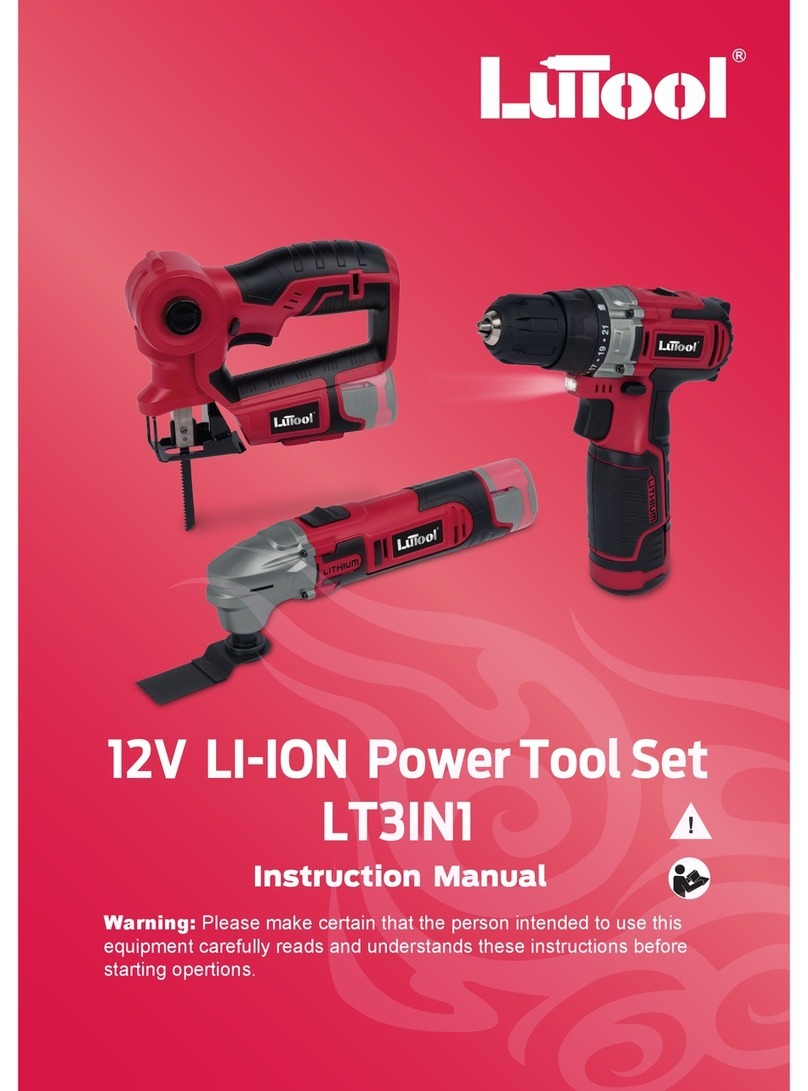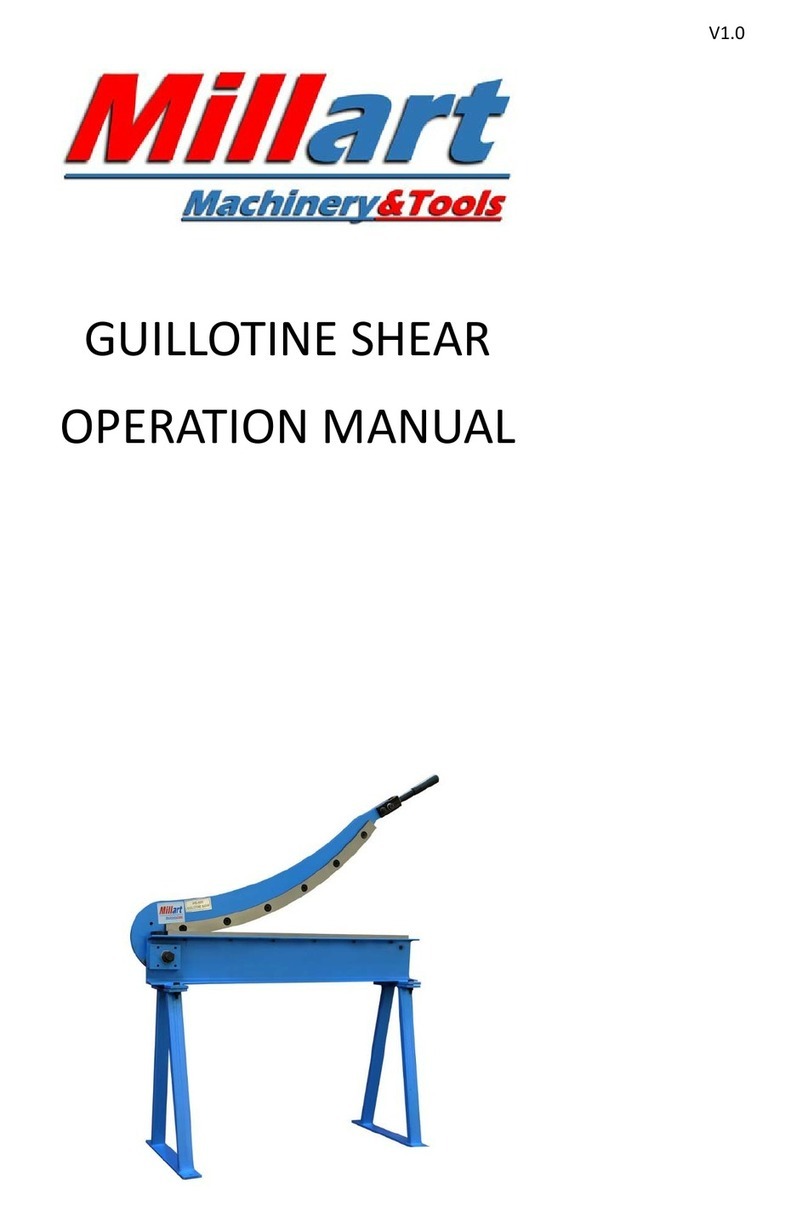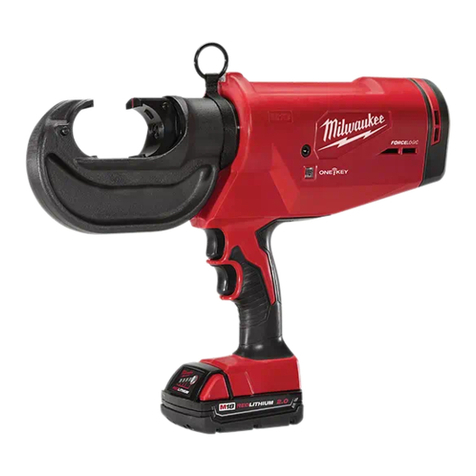ELORA 2070 User manual

Bedienungsanleitung vor Anwendung bitte lesen!
1. Dieser Drehmomentschlüssel ist ein Präzisionsinstrument und nur
zum Anziehen von Schrauben und Muttern mit bestimmtem
Zieldrehmoment konstruiert.
2. Bitte nicht als Brecheisen, Hammer oder anstatt einer normalen
Knarre benutzen.
3. Den Drehmomentschlüssel bitte nicht über die maximal Kapazität
belasten. Die Belastung nur an dem Griff aufbringen.
Keine Griffverlängerung wie ein Stück Rohr verwenden!
4. Versichern Sie sich daß Sie das genaue Zieldrehmoment in der
richtigen Einheit laut Spezifikation einstellen. Anderenfalls könnte ein
zu hoher oder zu niedriger Drehmomentwert eine Beschädigung der
anzuziehenden Vorrichtung verursachen.
5. Demontieren Sie den Drehmomentschlüssel nicht!
Hoch vorgespannte interne Komponenten können durch
unsachgemäße Demontage schwere Verletzungen verursachen.
6. Der Drehmomentschlüssel sollte periodisch rekalibriert werden.
Die Kalibrierung sollte spätestens einmal im Jahr, nach übermässiger
Benutzung oder Überlastung oder nach 5000 Belastungszyklen
(„clicks“) erfolgen.
EINSTELLEN DES DREHMOMENTWERTES
1. Den Verriegelungsknopf herausziehen.
2. Den Griff im Uhrzeigersinn drehen um den Drehmomentwert zu erhöhen und im
Gegenuhrzeigersinn um Ihn zu verringern. Bitte das Ziehldrehmoment mit Hilfe der Skala
einstellen. Wenn Sie über das gewünschte Drehmoment hinweg sind, drehen Sie den Griff
eine Umdrehung zurück und stellen dann den gewünschten Wert ein.
3. Die Hauptskala zeigt den eingestellten Drehmomentwert in der primären- und die
Nebenskala in der sekundären Einheit.
4. Den Verrieglungsknopf drücken um den Griff zu verriegeln. Die Nebenskala könnte etwas
außerhalb der Mittelmakierung sein. Dies hat aber keinen Einfluß auf die Genauigkeit.
GEBRAUCH VON VERLÄNGERUNGEN
Verlängerungen und nicht standardgemäße Köpfe verursachen einen tatsächlich weitergegebenen Ist-Drehmomentwert, der von dem eingestellten Wert abweicht. Konsequenterweise sollte bei deren
Benutzung der eingestellte Drehmomentwert in Anlehnung an die untenstehende Formel angepasst werden.
T(E) - Drehmoment der über die Verlängerung weiterge-
geben werden soll (Zieldrehmoment)
T(W) - Eingestellter Wert am Drehmomentschlüssel.
SICHERHEITSWARNUNG
Überbelastete oder defekte Befestigungen, Einsätze und auch der Drehmomentschlüssel können plötzlich brechen. Dadurch kann man das Gleichgewicht verlieren, fallen und andere
Verletzungen erleiden.
Darum achten sie auf sicheren Stand und andere Sicherheitsmaßnahmen.
INSTANDHALTUNG
1. Wenn Sie den Drehmomentschlüssel nicht gebrauchen, stellen Sie Ihn auf den kleinsten Wert und lagern Sie Ihn in der mitgelieferten Verpackung.
2. Außer dem Ratschenmechanismus darf der Schlüssel nicht geschmiert werden. Benutzen Sie dazu ein paar Tropfen Nähmaschinenöl.
3. Benutzen Sie nicht Aceton oder andere Lösungsmittel zum Reinigen des Schlüssels. Stattdessen benutzen Sie Fensterreiniger oder denaturierten Alkohol und einen sauberen Lappen.
4. Mit Ausnahme des Knarrenmechanismus, hat der Drehmomentschlüssel keine durch den Benutzer austauschbaren Teile. Zerlegen Sie nicht den Drehmomentschlüssel. Wenn bei dem
Drehmomentschlüssel eine Reparatur erforderlich ist, schicken sie den Schlüssel zu dem nächsten autorisierten Reparaturcenter.
ZERTIFIZIERUNG
Dieser Drehmomentschlüssel ist vor dem Versand mit einer Genauigkeit von +-3% im Uhrzeigerrichtung kalibriert worden.
ANWENDUNG DES DREHMOMENTSCHLÜSSELS
1. Verwenden Sie einen Einsatz oder ein anderes Antriebszubehör auf dem Vierkant
der Knarre und setzen die dann auf die Befestigung die angezogen werden soll.
2. Bringen Sie per Hand Kraft auf den Griff auf und nur auf den Griff! Sie können den
Drehmomentschlüssel an der Knarre unterstützen um diesen zu stabilisieren,
besonders wenn lange Einsatzverlängerungen benutzt werden.
Dies hat keinen Einnfluß auf die Genauigkeit des Drehmomentschlüssels.
3. Wenn Sie durch die Anwendung beide Hände benutzen müssen, legen Sie die andere
Hand auf die erste. Niemals auf einen anderen Bereich des Drehmomentschlüssels.
4. Belasten Sie den Drehmomentschlüssel langsam und gleichmäßig mit Handkraft bis der
Drehmomentschlüssel auslöst mit oder ohne einem ausgeprägten “click“.
Bauen Sie die Kraft genau an diesem Punkt ab! Nicht Überziehen!
Hauptskala Nebenskala Verriegelungsknopf
rutschfester
QUATROLIT®-2K-Griff
Gehäuse aus gehärtetem,
legiertem Stahl
Drehmomentschlüssel
ELORA-No. 2070
Bedienungsanleitung
ELORA WERKZEUGFABRIK GMBH
Am Blaffertsberg 33, 42899 Remscheid
Tel.: +49 (0)2191.5627 - 0
Fax.: +49 (0)2191.5627 - 19
info@elora.de
www.elora.de
20210715

USE OF EXTENSIONS
Attachments and non-standard heads will cause the applied torque to be different from the set torque.Consequently when using them,the set torque must be adjusted in
accordance with the formula shown on below.
SAFETY WARNING
Overtorqued or defective fasteners, sockets, as well as the wrench itself, may suddenly break causing you to lose balance, fall, or to suffer other trauma. Be sure that you have firm footing,
are properly balanced, and if necessary are using appropriate harness, back support, or other safety device.
MAINTANANCE
1. When not in use, adjust the wrench to its lowest reading , and store it in the provided case.
2. Do not lubricate the wrench, exept the ratchet mechanism. Use only a few drops of light machine oil.
3. Do not use acetone or other solvents to clean the wrench, use window cleaner or denatured alcohol applied with a clean cloth instead.
4. With the exception of the ratchet mechanism, there are no user-serviceable parts. Do not disassemble the torque wrench for any reason. When service is needed, send the wrench to the
nearest factory-authorized service center.
CERTIFICATION
This torque wrench is certified to have been calibrated prior to shipment to the accuracy of +/- 3% in the clockwise direction .
T(E) - Torque applied by extension
(desired torque)
T(W) - Torque set on the wrench
Major torque units Minor torque units Lock knob
nonslip
QUATROLIT®-2C-handle
Hardened alloy steel housing
ELORA WERKZEUGFABRIK GMBH
Am Blaffertsberg 33, 42899 Remscheid
Tel.: +49 (0)2191.5627 - 0
Fax.: +49 (0)2191.5627 - 19
info@elora.de
www.elora.de
20210715
Torque Wrench
ELORA-No. 2070
Instruction Manual
READ BEFORE YOU USE
1. This torque wrench is a precision instrument intended to be used
only to tighten screws, bolts and nuts to a desired torque.
2. Do not use it as a „nut breaker“, pry bar, hammer, or in lieu of a
regular ratchet wrench.
3. Do not apply torque in excess of the maximum capacity of the
wrench. Apply load on the grip only, and do not use any handle
extension bars (a piece of pipe put over the grip).
4. Make sure that you adjust the wrench to the exact torque units your
specifications call for, or you will severely under-torque or
over-torque, causing severe damage to the equipment you are
working on.
5. Do not disassemble the wrench for any reason. Highly stressed
internal components may cause severe injury when released in an
unintended manner.
6. The wrench should be re-calibrated periodically. The calibration of
the wrench should be checked at least once a year, after any
abnormal handling or overloading, or after 5,000 cycles („clicks“).
SETTING TORQUE
1. Pull the lock knob out.
2. Turn the grip in the clockwise direction to increase the torque, and in the counterclockwise to
decrease it. Please set torque going up the scale. If you exceed desired torque, please adjust
torque to one revolution below the desired torque, then back up.
3. The major scales show the amount of torque in both primary and secondary units.
The minor scale shows fine increments in primary units.
4. Push the lock knob in to lock the grip. The minor scale may be slightly off the centerline mark
without affecting the accuracy of your settings.
APPLYING TORQUE
1. Insert an appropriate socket or drive attachment onto the square drive of the ratchet and
onto the fastener
2. Apply hand pressure to the grip, and ONLY TO THE GRIP. You may support the wrench at the
ratchet head with the other hand to steady it, especially when using long socket extensions,
without appreciably affecting the accuracy of the wrench.
3. If, due to the required effort, you need to use both hands, put the other hand on the top of
the first hand, never on any other part of the wrench.
4. Apply slow and steady pull or push until the wrench momentarily releases, with or without
a distinct „click“ sound. Release the pressure right at this point.
DO NOT OVERTORQUE!
Table of contents
Languages:
Other ELORA Power Tools manuals
